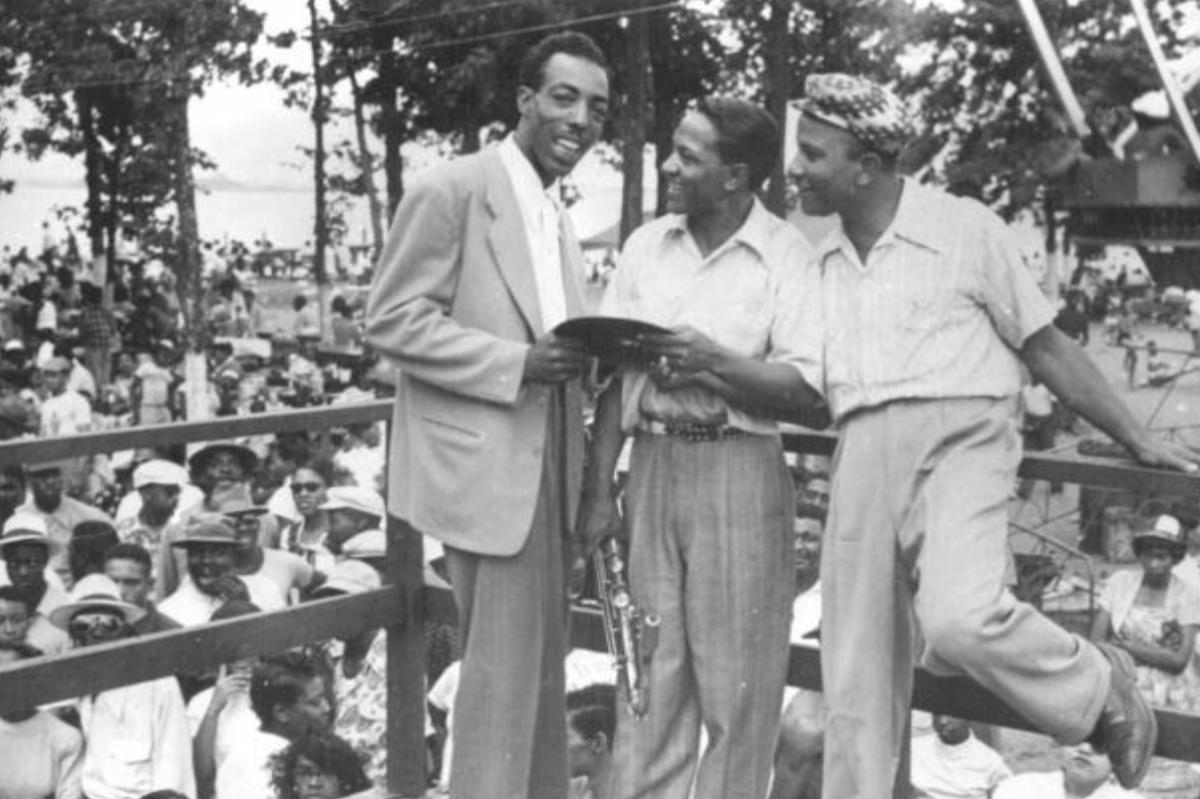A 5.4-acre parcel in Annapolis, adjacent to the BayWoods Retirement Community where my wife and I live, seems overgrown and nondescript. Its appearance is deceiving.
In the 1920s, 1930, 1940s and 1950s, this parcel was part of a larger land holding that provided a safe venue for Blacks to enjoy Carr’s, Sparrow’s and Elktonia beaches on the Chesapeake Bay for family fun and recreation. Music groups such as the Drifters, James Brown, Little Richard and Ella Fitzgerald performed in the late1940s and 1950s, offering popular music to large, primarily African-American crowds.
Why is this story now unfolding about the Annapolis Neck once considered too swampy for Maryland’s cash crop, tobacco. The narrative is rooted in a discriminatory culture that followed Reconstruction. Blacks faced constant bigotry and death propagated by the Ku Klux Klan and government negligence, if not acquiescence.
For nearly 18 months, the 5.4- parcel, owned by a Baltimore City real estate developer, has been undergoing a final review process by the Annapolis Planning Commission to determine the feasibility of an expensive 43-townhome community on the only undeveloped waterfront property in Annapolis. At the same time, Mayor Gavin Buckley, Joel Dunn, Chesapeake Conservancy president and Vince Leggett, executive director of Blacks of the Chesapeake, have engineered a below-the-radar initiative to purchase the property for a tidy sum to convert it into a Black heritage park.
In fact, it is highly likely that this historic parcel will become a passive state park. Far better than growing townhomes grounded in profit and unconnected to a history based on adaptation to exclusion.
For full disclosure, two BayWoods residents and I have been promoting from the sidelines a park that commemorates a story peculiar to 20th century mistreatment of African-Americans. Our efforts may bear fruit.
The history reflects the commitment by an Annapolis family, later associated with the wealthy numbers king of Baltimore, to cater almost entirely to Black families and their access to Bay beaches for family fellowship and great music.
The Carr and Sparrow families, led by two sisters and daughters of Frederick Carr, the original property owner, developed recreation areas for Blacks forbidden to use beaches exclusively the province of Whites. Segregation in its worst form was in full force.
The same wall of prejudice prevented Black musicians from playing in Ocean City or Atlantic City. That changed in the 1960s.
William “Little Willie” Adams, who built a fortune on running the numbers, laundered/invested his earnings in legitimate enterprises, such as Parks Sausages, one of the first Black-owned businesses to become a public company, acquisition and development of valuable land and the operation of a successful music venue on Carr’s, Sparrow’s and Elktonia beaches.
Adams eventually added a pavilion, nightclub and restaurants, amusement rides and nickel slot machines. He was wise. Carr’s Beach became a notable haven for music, drawing White audiences as well. Ever the entrepreneur, Adams owned the music and entertainment equipment, the midway and vending machines and the liquor and beer for the bars and restaurants.
Once desegregation opened formerly White-only music venues to Black musicians, the Chesapeake Bay beaches became obsolete. Adams then sold his Annapolis Neck properties to real estate developers, including the parcel now occupied by the BayWoods Retirement Community, and an Anne Arundel County sewage treatment plant.
The music is long gone. A vibrant recreation area on the Chesapeake Bay too is in the past. If the effort to establish a state park on property once hallowed by the Black community succeeds, the past will be celebrated.
Columnist Howard Freedlander retired in 2011 as Deputy State Treasurer of the State of Maryland. Previously, he was the executive officer of the Maryland National Guard. He also served as community editor for Chesapeake Publishing, lastly at the Queen Anne’s Record-Observer. In retirement, Howard serves on the boards of several non-profits on the Eastern Shore, Annapolis and Philadelphia.
Photographs by Thomas R. Baden, Jr.






Write a Letter to the Editor on this Article
We encourage readers to offer their point of view on this article by submitting the following form. Editing is sometimes necessary and is done at the discretion of the editorial staff.